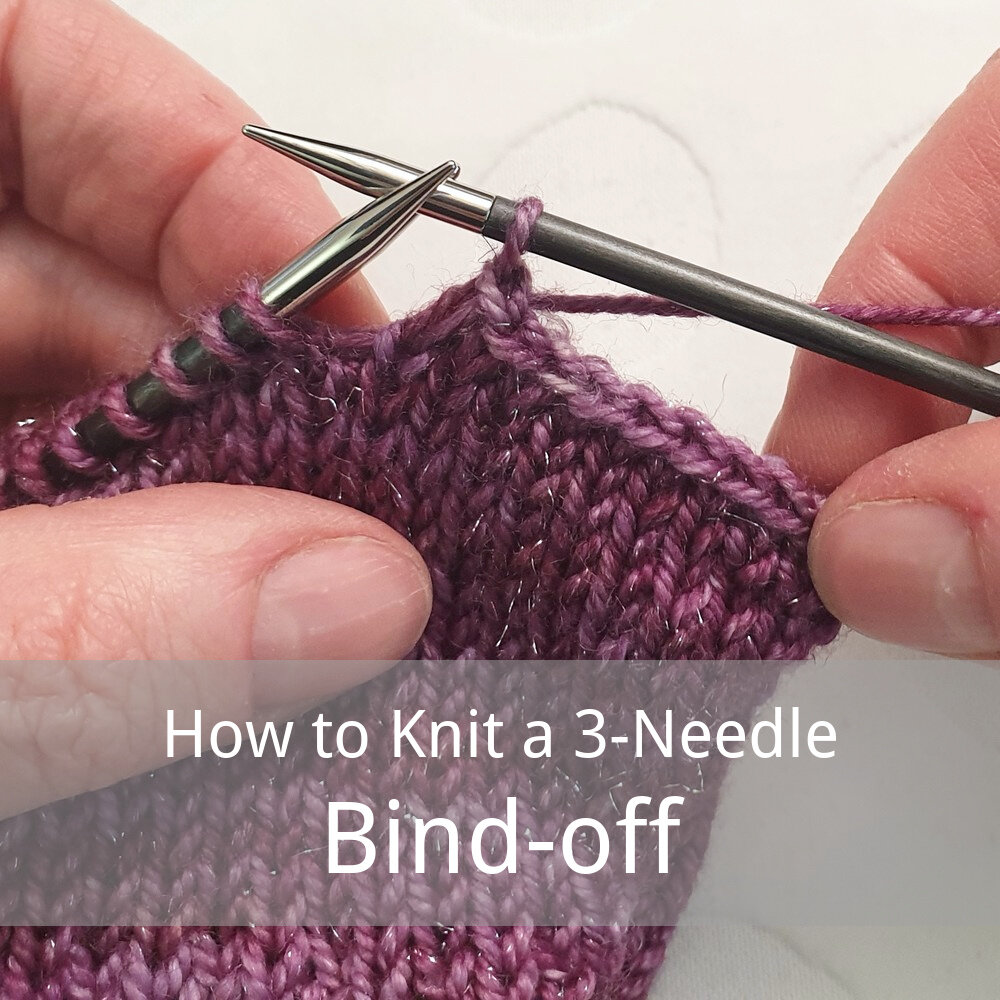
Basketweave is also known as Panama weave and is a simple weave. It is popular among craftmen and is used in many applications. The basic weave is made of loops that are connected by one thread. There are many methods of making basketweaves. There are three basic types of basketweaves: the Twill weave and the Tent stitch.
Twill weave
Twill weave in a basketweave can be called a variation on plain weave despite the fact that it is not named. A pattern is created by using two or more warp yarns. There are two types of basic patterns: Oxford has two x two and Bedford has three x one. The fourth type of weave is called warp piique. This is a pointed-twill weave pattern that's similar to herringbone. However, it's not as balanced.
Eight shafts are required to weave basketweave twill. This is a popular technique for weaving baskets. However, there are many variations. Twills are often called halftone twills, and they use the concept of overlapping blocks to reduce the number of shafts needed to complete a pattern. A basic twill can be woven using a single draft: one thread for each block and two threads for each weft yarn.
Tent stitch
Tent stitch is a basic stitch in basketweave embroidery that creates a woven effect on the back of the piece. Tent stitch is an excellent choice for large areas of colour as it doesn't distort as much canvas as other stitches. It also gives a more even result. You work diagonally, from left to right. Each row fits into the next. It is most effective when used with a frame for stability as it can distort if worked without one.

The needlepoint technique is a common technique that makes use of the Tent Stitch. This technique can cover an entire canvas, and is often used to create pillows and chair covers. It is possible to change yarn colors using the same technique. One example is to stitch a series on a yellow background with a number of hearts. Tent stitch is the most common needlepoint stitch and can be used for a variety of patterns.
Criss-cross pattern
Basketweave is an elegant weave that uses two or more yarns in groups to produce a checkerboard pattern. This pattern makes a fabric that is more breathable and soft. Basketweave fabrics often find their way into furniture, sandals and hats. This weave is close related to plain weave. Here are some characteristics of this weave:
Basketweave is one the oldest forms of weaving. It is also among the easiest. The Chilewich 4-over-4 Table Runner is one of its most popular versions. It is well-known for its rich color. It's easy to weave and comes in many colors.
Multiply 8 stitches
A basic basketweave crochet design is made up of four stitches. These changes are in each row. The stitch pattern also uses odd numbers, such as eight, to differentiate between the front post stitches and back post stitches. The front post stitches have a knitted pattern, while the back stitches are purled. This creates alternating vertical and horizontal stripes.
This stitch pattern can be used for blankets, scarves and other home projects. The same yarn can also be used to make dishcloths and pillow covers. It's a great way for you to try out a new yarn.

Irregular matt design
Matt is created by stretching a plain weave across both the weft and warp directions. The result is squares of equal size on each side of the fabric. This type of weave is also known as full panama, hopsack, and basketweave. It is commonly done with two heald frames. This weave can be altered in many ways.
The design of the matt plays an important role in the basketweave technique. The denting and twisting of the threads play a major role in the matt's appearance. In particular, the ends of a matt should be separated by a reed. If not, the matt may curl and twist during weaving.
FAQ
What are your educational hobbies?
An educational hobby can be defined as an activity in which you learn something through doing it. You could choose to learn how to play an instrument or play sports.
The most important thing is that you find it enjoyable and entertaining. While you don't need to do it every day, if bored you might consider other activities.
You also want to ensure you're not spending too much on these activities because they can end up costing you more than they're worth.
What is a good hobby for kids?
A hobby for kids is any activity they like to do as part of their normal daily routine. You might find them interested in drawing, building things, painting, writing stories, playing with toys, listening to music, reading books, watching TV, and playing computer games. They may also like to play soccer, football, basketball, cricket, rugby, baseball, and hockey.
Many parents worry about their children getting into trouble if they have the freedom to do what they want. It is not true. If your child is safe and doesn't cause harm to themselves or anyone else, they won't get into trouble.
It is important to remember that people may not always choose to do what they enjoy. They might decide to draw instead of write if they enjoy drawing pictures.
There are many types of hobbies. It's up to you to choose one that you really enjoy.
How do I start my new hobby?
The first step toward starting any new hobby is to decide what kind of activity you'd like to pursue.
After you've decided on your subject, it is important to feel passionate about it.
It is important to know the reason you want to begin a hobby. It will provide you with direction and purpose.
Once you decide what kind of hobby you want, you can start planning.
Think about the equipment that will be needed.
Consider whether you are required to attend classes and seminars.
Make sure that you have enough space in your home for your hobby.
A club or group might be something you consider. These groups often offer advice and support.
Also, consider how much money your hobby would cost.
Why do we need hobbies
Hobbies play an integral part in our lives. It allows us to unwind and recharge, think creatively, exercise, socialize, have fun, and allow us to enjoy life. Hobbies offer opportunities to develop new skills as well as life-long interests.
Hobbies can help us find meaning and purpose.
These can often be a great way to get some extra time while you have nothing else.
They're also fun!
If you don’t make time for a hobby then it’s probably not worth your time.
Consider all of the possibilities available to your. You might consider starting a hobby if you don't already have one.
How much does a hobby cost you?
Time is all that's required to make a hobby a success. If you are serious about your hobby it could take years before you achieve your goals.
There is one thing that will help you. It's called 'passion.' If you have passion for whatever it is you do, you will find it easier to put in the hours required to make progress.
After you've put in hours, you might become addicted. And this is where the real fun begins! Because now you are doing something you enjoy, and you are getting better at it all the time. By the end of the year you'll have probably made a lot of progress.
Don't fret about how long this takes. Just go ahead and try. You might just surprise yourself!
What are some free resources I can use to learn more about hobbies
There are many websites that help people find new hobbies.
Here are some of our favorites:
www.trythisathome.com - This site provides a list of over 100 different hobbies. This site also contains information on how you can get started with each of them.
www.hobbyfinders.org is a site that offers thousands of activities. It allows you to search by location, skill level and interest.
www.indiebazaar.co.uk - IndieBazaar is an online marketplace designed specifically for independent artists and musicians. This site offers hundreds of products, ranging from artwork and music gear.
www.pinterest.com/explore/hobbies - Pinterest is a social media network that lets users "pin" images they find interesting onto their boards. Users can organize the things they like in specific categories with boards.
www.reddit.com/r/Hobbies: Reddit, another social media platform, allows users to post links to articles and videos. Voting lets users vote for which posts are the most valuable.
What are some hobbies that seniors might enjoy?
Senior citizens should find activities they love to do. They should also be active and take part in activities such as sports or other physical activities.
They may want to join clubs that allow them to meet others with similar interests. This will make them less lonely as they age.
Seniors should also keep up with the latest trends. They could be interested in fashion, art, music and literature.
Statistics
- A new survey by Pew Research Center of teens ages 13 to 17 finds that 36% of girls feel tense or nervous about their day every day; 23% of boys say the same. (pewresearch.org)
- Almost 80% of people claim to have no hobby. (hobbylark.com)
- I am 100% biologically a woman (discover.hubpages.com)
- The intensity of the dialogue partners' bond at the end of the forty-five-minute vulnerability interaction was rated as closer than the closest relationship in the lives of 30 percent of similar students. (time.com)
- Much of this decline reflects the fact that teens are less likely to work today than in the past; among employed teens, the amount of time spent working is not much different now than it was around 2005. (pewresearch.org)
External Links
How To
How to get started gardening
Gardening is one among the oldest forms. It requires persistence, patience, and determination. The first step to starting a garden is to pick a spot where you will grow food. It could be large land, or just your backyard. Next, decide what type of plants you want to grow. Do you prefer flowers over vegetables? Some people are passionate about growing herbs, while others like raising livestock like rabbits. Before you decide what crops to plant, you should think about how much space is available. You might consider growing berries or fruits if you live in a cold climate.
After choosing what you want to plant you need to prepare your soil. It is vital that your soil is prepared properly to determine whether or not your plants will thrive. High quality soil is rich in organic matter, which feeds your plants' roots. Organic matter can include leaves, twigs and grass clippings as well as manure and compost. Once your soil is prepared, it's time to add nutrients. The type of plant you intend to grow will dictate the amount of nutrients you need. An online fertilizer calculator can help you calculate these values. Many fertilizers are available, so make sure you know what you are buying.
Now you need to wait for the seeds to germinate. The process can take between 2 and 3 months depending on how hot or cold it is in your region. Once the seeds have sprouted you will need to water them often. Overwatering your plants can lead to problems. Ensure you give your plants enough water at regular intervals and avoid overwatering. Overwatering your plants can lead to root disease and fungal infections. When watering your plants, remember that most plants require less water during the warm summer months than in winter. Remember that some plants require drying out after being watered. For tomatoes, it is important to keep them moist but dry. They are not happy to be in soggy soil. After flowers are finished, plants must go dormant. The time when plants stop producing new life and store energy for the next season is called dormancy. During dormancy, the plant stops sending signals to its roots telling them to produce food. Throughout this time, plants can store energy. The plant will eventually die if it is not given enough sunlight or temperatures below freezing.
Living in urban areas may restrict the types of plants you can plant. Concrete sidewalks, roads, buildings and parking lots are all common in urban areas. These blocks block sunlight from reaching ground level. Concrete absorbs light and prevents soil below from getting sufficient sun exposure. This is why many plants cannot thrive in cities. Fortunately, there are still many plants that can thrive in an urban environment. Many trees, perennials, shrubs, as well as shrubs can be adapted to urban living. Many annuals can be grown indoors, too, in containers. You can grow fresh greenery year-round in containers.
You are now ready to plant your garden!